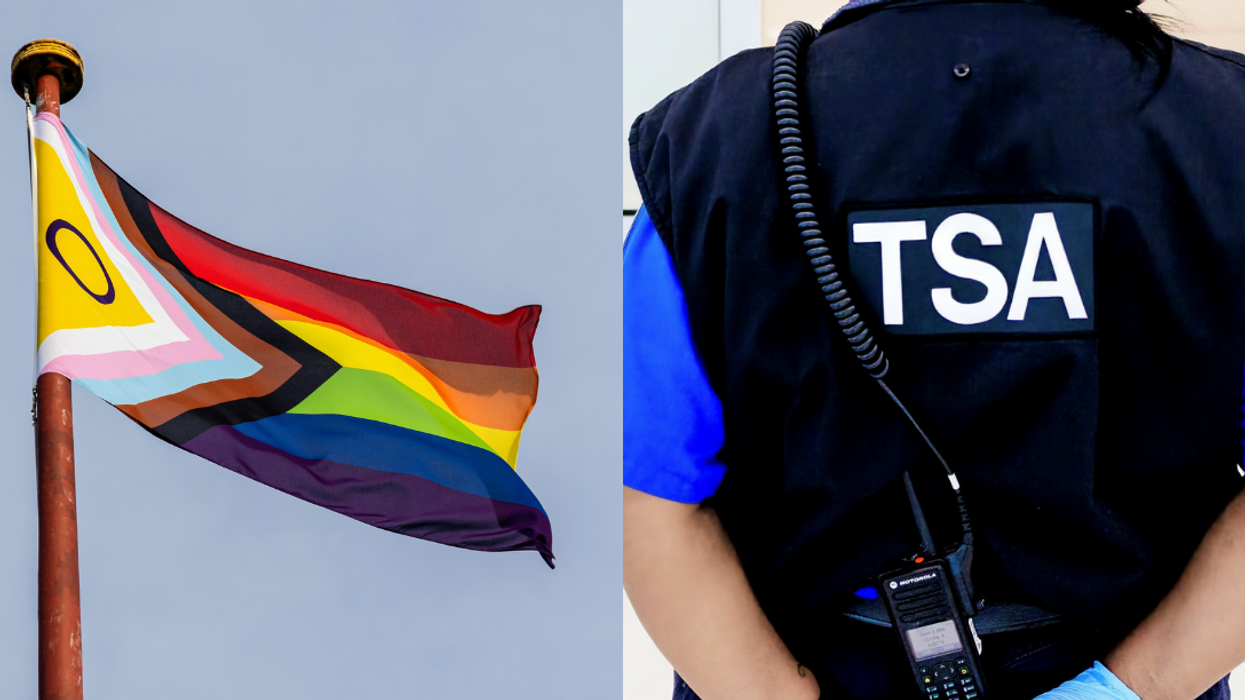Officials in the state of Florida are issuing warnings to beachgoers about an outbreak of sea lice on the state's northwestern shores.
Sea lice are the larvae and egg cells of jellyfish that irritate human skin when it comes in contact with their tiny tentacles. Their little stingers produce a powerful allergic reaction, resulting in itchiness, hives, and flu-like symptoms.
Sea lice thrive in warm ocean waters and are common recurrences in the summer, especially in places like Florida's Gulf Coast.
Sea lice often become trapped in the linings of bathing suits, where they get stuck to the skin and begin stinging.
"They aren't very intense, which is why we call them sea lice and not sea hornets or sea wasps," Dave Greenwood, director of public safety for the beach, told the Pensacola News Journal.
"It's just one of those you have to deal with when you go into the Gulf of Mexico. You are a land animal and the Gulf is not our native environment."
"Unlike with the adult's sting, it doesn't hurt. You won't know you've been stung until the rash appears, usually within 24 hours, sometimes along with fever, chills, headaches and nausea," Florida's Local 10 News reported on Wednesday. "The rash is often raised, with bumps or blisters that can be very red and extremely itchy."
Washing your bathing suit before and after each use with vinegar or detergent can offer some protection, however avoiding sea lice in the water is pretty much impossible.
"You can minimize your risk by removing your swimsuit before showering, even if you plan to return to the water. Some believe the larvae can become trapped in the swimsuit fabric, and experts recommend rinsing it in household vinegar or rubbing alcohol before washing and reusing."
In a statement, the Florida Department of Health said sea lice typically appear from March until August







 @behind_da_pine/TikTok
@behind_da_pine/TikTok @behind_da_pine/TikTok
@behind_da_pine/TikTok @behind_da_pine/TikTok
@behind_da_pine/TikTok @behind_da_pine/TikTok
@behind_da_pine/TikTok @behind_da_pine/TikTok
@behind_da_pine/TikTok @behind_da_pine/TikTok
@behind_da_pine/TikTok @behind_da_pine/TikTok
@behind_da_pine/TikTok @behind_da_pine/TikTok
@behind_da_pine/TikTok @behind_da_pine/TikTok
@behind_da_pine/TikTok @behind_da_pine/TikTok
@behind_da_pine/TikTok





 @Emily_McKenzie/Twitter (
@Emily_McKenzie/Twitter ( @Emily_McKenzie/Twitter (X)
@Emily_McKenzie/Twitter (X) @Emily_McKenzie/Twitter (X)
@Emily_McKenzie/Twitter (X) @Emily_McKenzie/Twitter (X)
@Emily_McKenzie/Twitter (X) @Emily_McKenzie/Twitter (X)
@Emily_McKenzie/Twitter (X) @Emily_McKenzie/Twitter (X)
@Emily_McKenzie/Twitter (X) @Emily_McKenzie/Twitter (X)
@Emily_McKenzie/Twitter (X) @Emily_McKenzie/Twitter (X)
@Emily_McKenzie/Twitter (X) u/clive892/Reddit
u/clive892/Reddit u/rubberbandhands/Reddit; u/Leucurus/Reddit
u/rubberbandhands/Reddit; u/Leucurus/Reddit u/Netsforex_/Reddit
u/Netsforex_/Reddit
 @DiscussingFilm/X
@DiscussingFilm/X

 @jennaandfriends/Instagram; @brookeshields/Instagram
@jennaandfriends/Instagram; @brookeshields/Instagram @jennaandfriends/Instagram; @brookeshields/Instagram
@jennaandfriends/Instagram; @brookeshields/Instagram @jennaandfriends/Instagram; @brookeshields/Instagram
@jennaandfriends/Instagram; @brookeshields/Instagram @jennaandfriends/Instagram; @brookeshields/Instagram
@jennaandfriends/Instagram; @brookeshields/Instagram @jennaandfriends/Instagram; @brookeshields/Instagram
@jennaandfriends/Instagram; @brookeshields/Instagram @jennaandfriends/Instagram; @brookeshields/Instagram
@jennaandfriends/Instagram; @brookeshields/Instagram @jennaandfriends/Instagram; @brookeshields/Instagram
@jennaandfriends/Instagram; @brookeshields/Instagram @jennaandfriends/Instagram; @brookeshields/Instagram
@jennaandfriends/Instagram; @brookeshields/Instagram @jennaandfriends/Instagram; @brookeshields/Instagram
@jennaandfriends/Instagram; @brookeshields/Instagram